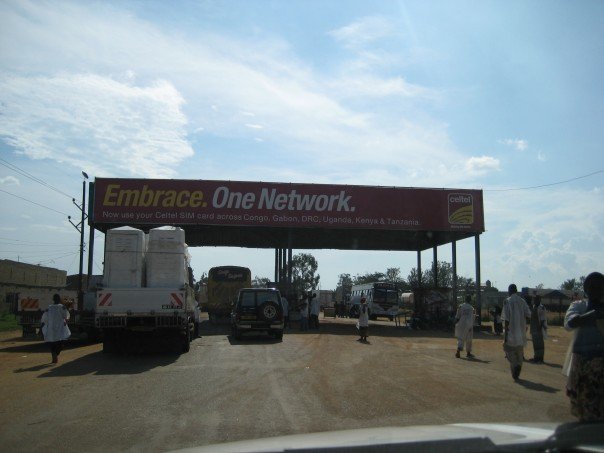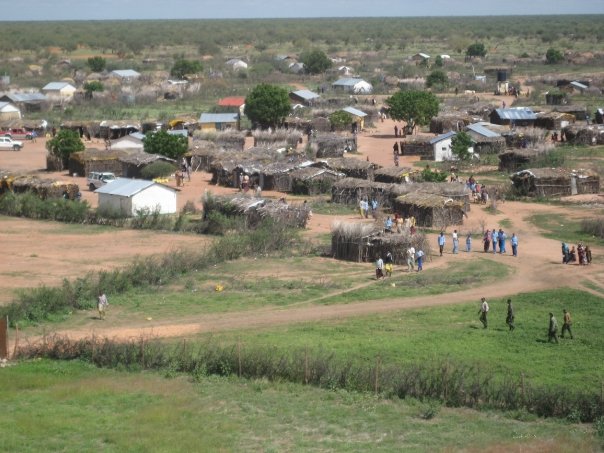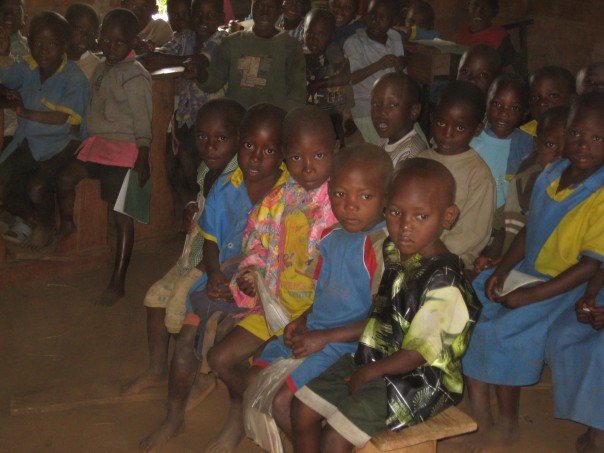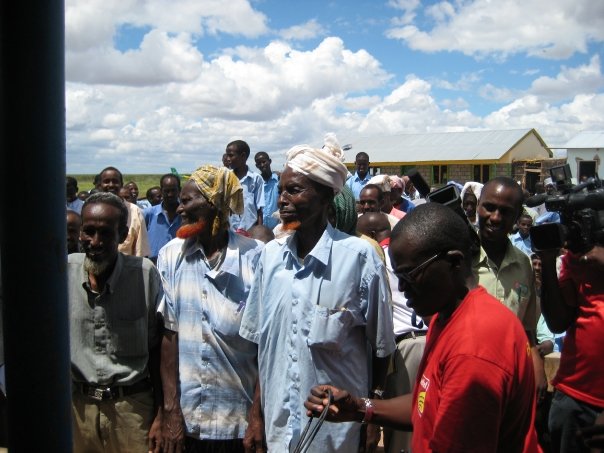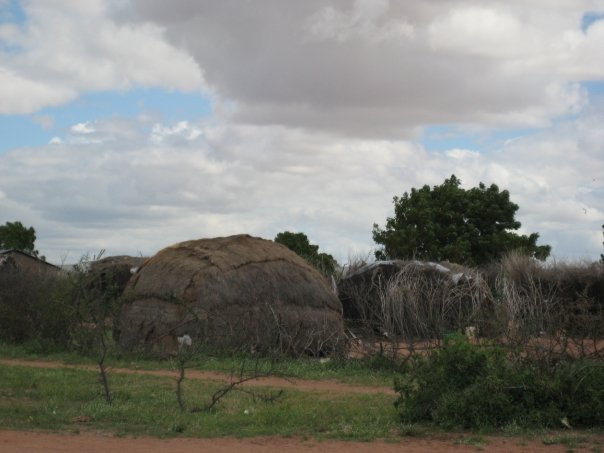Since inception, Zain’s commitment to socio-economic and environmental development was at the core of the company’s social contract. Recognizing the impact of its products and services on social development, the company evolved beyond its traditional community outreach programs. From the very beginning, Zain understood the deep-rooted relationship it had with its communities.
Starting off as a single operator and growing to reach 22 countries compelled the company to focus on its values to maintain its strong identity and brand during the sector’s evolution. As the company embraced diverse skillsets and areas of expertise in addition to recognizing the impact of connectivity on social progress, the programs aimed at enhancing the significant evolutions of its communities. . At first, the company’s focus was purely concentrated on societal, educational, health and charitable programs, with examples such as the Zain Hospital for Ear, Nose and Throat established in 2001 in Kuwait, supporting the elderly population by donating buses with medical equipment in 2002, and catering to children with special needs in schools and hospitals in 2004.
With the company’s expansion and mobile telecommunications becoming more accessible, the company recognized how its core business activities played an instrumental role in uplifting society. In addition to Zain’s outreach initiatives, the company began to establish programs centered around providing access to connectivity to create systemic change. This transformation allowed Zain to enhance these initiatives and safeguard the rights of individuals across the company’s geographical footprint.
Given the widespread availability of connectivity in today's world, various barriers persist for many people. According to the International Telecommunications Union (ITU), approximately 2.7 billion people have yet to be connected to the internet, highlighting the urgent need for greater access to connectivity. Some of the barriers identified include affordability, digital skills gap, insufficient network coverage, inadequate infrastructure, and gender and cultural disparities. Throughout the years, the company has consistently worked to address these barriers by launching programs that bridge the connectivity/digital gap through the provision of access to this fundamental need.
The following section highlights a wide range of programs in chronological order starting from 2006 onwards. The mentioned initiatives demonstrate Zain’s concerted efforts to preserve human rights.

